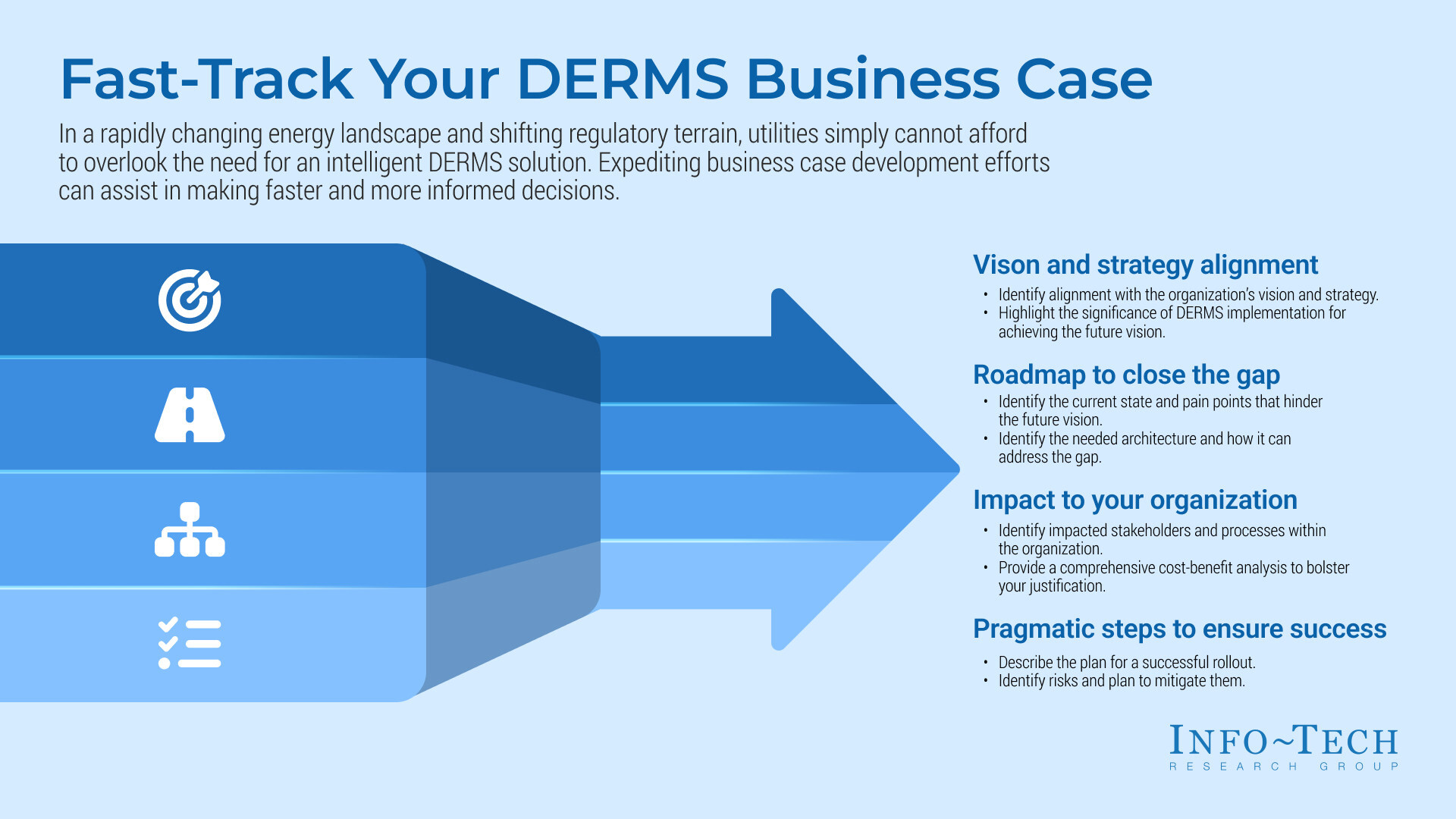We live in a world where there is a rise in extreme weather events, cost of energy is soaring, energy companies have a lack of skilled workers, and we have a responsibility to improve our carbon footprint. All of this points to the need for greater connectivity at the grid—which is something we have seen steadily rising in recent years.
The U.S. Dept. of Energy suggests the U.S. electric grid has more than 9,200 electric generating units, having more than 1 million megawatts of generating capacity connected to more than 600,000 miles of transmission lines. But it also states the electric grid is more than just its infrastructure. Rather it is an ecosystem of asset owners, manufacturers, service providers, and government officials.
The reality is the U.S. Dept. of Energy is also quick to emphasize the infrastructure is rapidly aging and is currently doing much more than it was originally designed to do. The only option is to modernize the grid to be more resilient and smarter through the implementation of advanced technologies. This will benefit utilities—reduce peak loads, increase integration of renewable energy, and lower operational costs. It will also benefit consumers who can now better manage their own energy consumption and costs. There are still other factors at play here and much to consider.
Is it secure? Here’s the catch. We know the U.S. government has been warning of impending cyber-attacks on our critical infrastructure—such as our water and wastewater systems. Of course, we also know the U.S. power grid is facing growing cyber risks. U.S. infrastructure is often a target for cyber-attacks. So, while connecting the smart grid is inevitable and necessary to meet today’s growing demands—it also comes with hefty risks.
This means energy companies must take concerted steps to manage and monitor advanced systems, as well as fend off bad actors for the next era of energy. Today’s utilities are often turning to DERMS (distributed energy resource management systems). Also, the rapid increase in DERs (distributed energy resources) illustrates the need for a paradigm shift and new grid-management systems to accommodate this inevitable and new complexity that comes along with a more modern grid.
To address this, Info-Tech Research Group has published new research related to DERMS, highlighting the hurdles to adoption and the quick pace of changes that are coming for the energy sector and the regulatory frameworks. Key to this will be developing a holistic and efficient approach, while reviewing case studies and business scenarios.

Let’s consider a framework for how to make this all happen.
First, utilities need to have a vision and a strategy. There is no doubt that any company or utility must start with a critical need and focus on an objective to meet any new technology implementation goals. First step, evaluate the strategy vision for implementation and start there.
Second, create a roadmap. Recognize the current state of the market and identify factors that could hinder growth. Ask yourself what are the roadblocks that can prevent implementation? Who can prevent implementation? Make sure to spot how to bridge these gaps before you even begin the journey, let alone considering implementation.
Third, consider the people and the process. We must consider our people coupled with the process. They go hand in hand. One will not work without the other. Do not be fooled into thinking otherwise. You need people, process, and technology to be successful when you look don’t the road and see success. We need all three working together in tandem to celebrate the teams’ achievements and to see positive results. We must therefore identify how the people and processes will be impacted by this new technology.
Finally, create a plan. Here we must consider how to roll out a DERMS, identifying risks and strategies to move forward.
As we have identified here in the blog, moving to a more connected, smart grid is no longer optional—but with it comes risks. We must consider how to advance our grid, while also ensuring stability and security. What step will you take in this new era of energy?
Want to tweet about this article? Use hashtags #IoT #sustainability #AI #5G #cloud #edge #futureofwork #digitaltransformation #green #ecosystem #environmental #circularworld #smartgrid #energy


